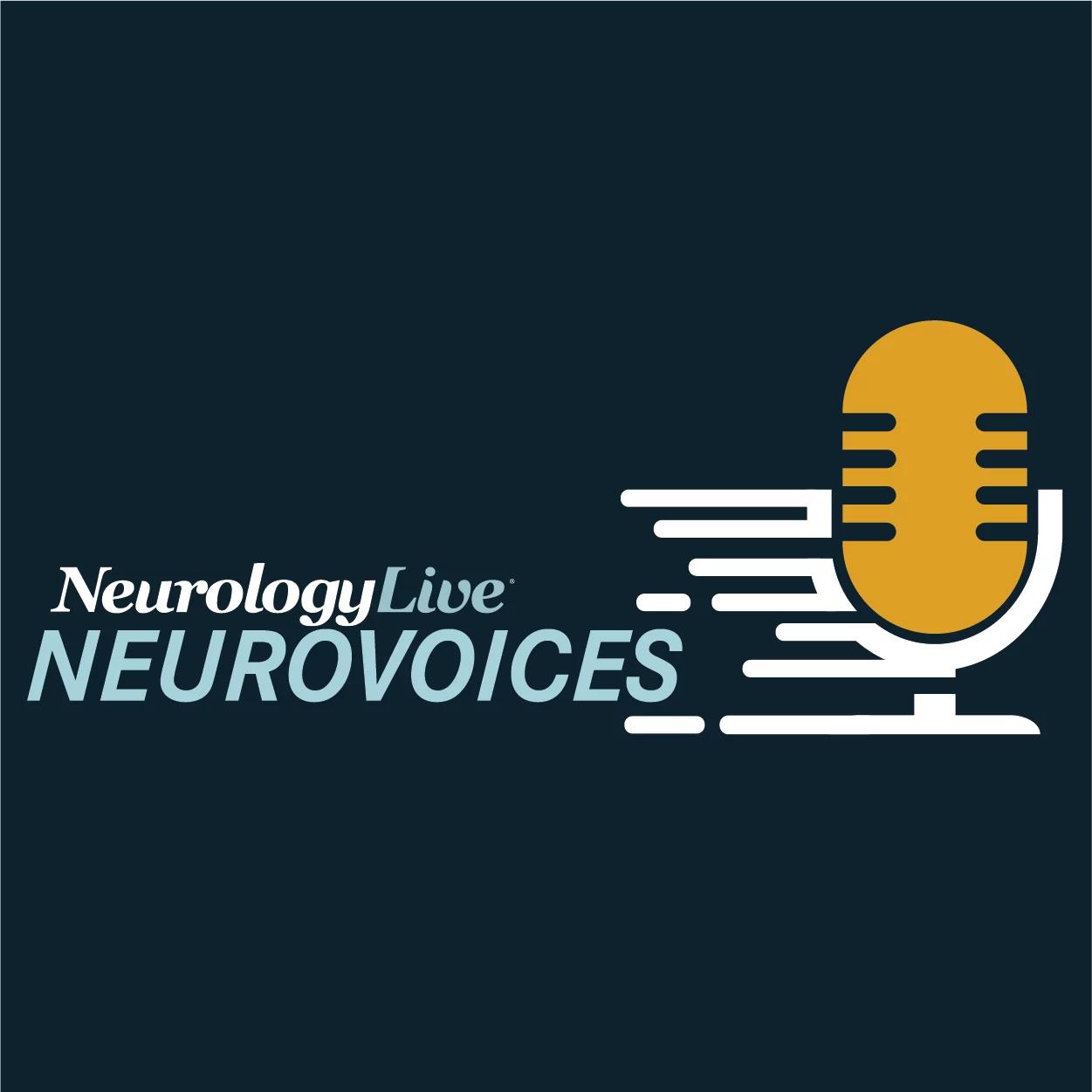News
Article
Endovascular Thrombectomy Provides No Additional Benefit in Medium Vessel Occlusion Stroke, ESCAPE-MeVO Results Show
Author(s):
Key Takeaways
- EVT combined with best medical care did not improve outcomes over best medical care alone in medium-vessel occlusion stroke patients.
- Mortality and serious adverse events were higher in the EVT group, including pneumonia, recurrent stroke, and stroke progression.
In addition to failing to separate itself on the primary end point, EVT + best medical care was associated with higher rates of serious adverse events (33.9% vs 25.7%) and mortality (13.3% vs 8.4%) compared to best medical care alone.
Mayank Goyal, MD, PhD

A late-breaking presentation on the ESCAPE-MeVO trial (NCT05151172) revealed that treatment with endovascular thrombectomy (EVT) in addition to best medical care failed to result in better clinical outcomes than best medical care alone among patients presenting with acute ischemic stroke within 12 hours of last seen normal due to medium-vessel occlusion (MeVO).1
The results, presented as a late-breaker at the 2025 International Stroke Conference (ISC), held February 5-7 in Los Angeles, California, were subsequently published in the New England Journal of Medicine. In total, the parallel, randomized, open-label, blinded study featured 530 patients who were randomly assigned 1:1 to either best medical care (n = 272) or EVT + best medical care (n = 257) and followed up at 90 days. Coming into the study, patients had a National Institutes of Health Stroke Scale (NIHSS) score of at least 5 or 3-5 with disabling deficit, as well as a high likelihood of salvageable tissue on non-invasive neuroimaging.1,2
The primary end point, modified Rankin Score (mRS) of 0-1 at 90 days, was indifferent between the two groups on both unadjusted (risk ratio [RR], 0.97; 95% CI, 0.79-1.18) and adjusted (RR, 0.95; 95% CI, 0.79-1.15) analyses. Secondary end points showed similar results, as there were little difference between the groups on mRS scores of 0-2 at 90 days (unadjusted: RR, 0.92 [95% CI, 0.79-1.07]; adjusted: RR, 0.92 [95% CI, 0.80-1.05]). Notably, the mean volume of stroke was comparable as well (best medical care: 4.30 mL [SD, 0.20] vs EVT + best medical care: 4.35 mL [SD, 0.23]).
Presented by Mayank Goyal, MD, PhD, a clinical professor in the department of radiology and clinical neurosciences at the University of Calgary, mortality in the combination group was seemingly higher (13.3%) than those who received only best medical care (8.4%; adjusted hazard ratio [HR], 1.82; 95% CI, 1.06-3.12). Between the 2 groups, more patients on best medical care had a Barthel Index of greater than 95 (64.7%) at 90 days than those on EVT + best medical care (53.5%; adjusted RR, 0.81; 95% CI, 0.71-0.93).
READ MORE: Mild Electrical Brain Stimulation Fails to Boost Poststroke Recovery in Phase 2 Study
In terms of safety, there were higher rates of serious adverse events (SAEs) in the EVT + best medical care group (33.9% vs 25.7%), including pneumonia (7.0% vs 3.3%), recurrent stroke (5.4% vs 3.7%), and stroke progression (5.4% vs 1.8%). The combined group also saw slightly higher rates of symptomatic intracerebral hemorrhage (5.4% vs 2.2%), but had lower instances of atrial fibrillation (0.4% vs 1.8%). Arterial access complications, occurring in 2 patients, and arterial injury procedural, occurring in 1 patient, were only found in the EVT + best medical care group.
At the end of the presentation, the study authors highlighted several limitations and future considerations in addressing MeVOs in stroke treatment. Overall, they concluded that questions remain about whether MeVOs are more akin to end arteries and whether they require earlier intervention. Workflow limitations and opportunities for improving recanalization quality highlight areas for refinement, alongside ongoing debate about the community's level of equipoise on treatment approaches. Notably, they questioned whether the mRS is an appropriate outcome measure for patients with relatively mild deficits, such as those with MeVO.
Click here for more ISC 2025 coverage.





